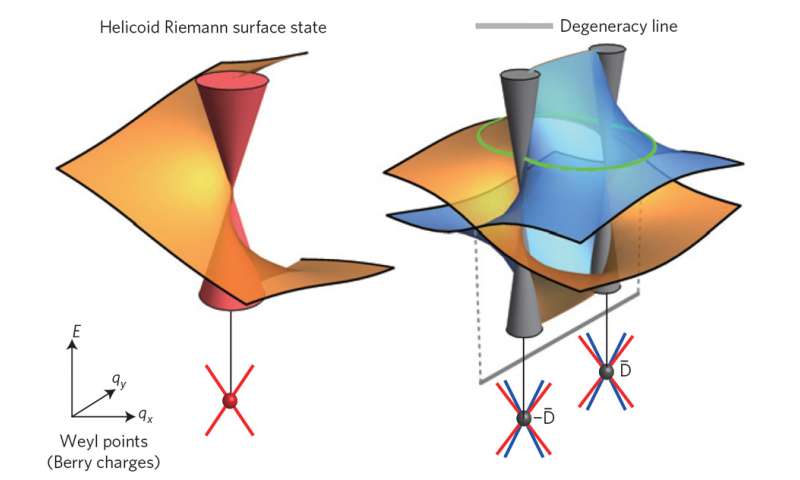Best of Last Week – Packing more into light, turning CO2 to stone and happy couples seeing others as less attractive

(ScienceX)—It was another good week for physics as a team at MIT predicted previously unseen phenomena in exotic materials, they are predicting new characteristics of topological semimetals—materials that have been found to have unique physical properties. Researchers with the European Space Agency announced that a prototype gravitational wave spacecraft set a new free fall record—it is in part a cube of gold and platinum that is moving through space free of any force other than gravity. And a combined team of researchers from Tunisia and South Africa demonstrated a 100-fold increase in the amount of information that could be 'packed into light' by increasing patterns of light used in optical communications.
In biology news, a team at Leiden Institute of Physics found evidence of a second layer of information in DNA—the way it is folded apparently has an impact on the letters that are read out, and due to that the feature, partially regulates which proteins get made. Also, a combined team of researchers from the University of Queensland and the University of Oxford found via experimentation that fish can recognize human faces. And a team led by researchers from Lawrence Berkeley National Laboratory and the University of California found that copper is key in burning fat, which they hope might help with obesity research.
And in other interesting news, a team working at the Hellisheidi power plant in Iceland announced that the plant was able to turn carbon emissions to stone—they mixed carbon dioxide with water and injected it into volcanic basalt below ground and found it turned to stone in just two years. Also, a team with Howard Hughes Medical Institute and Harvard Medical School conducted a study with results suggesting that autism is not just a disease of the brain—instead it appears to also impact other parts of the nervous system. And Elon Musk, the man behind SpaceX further explained his 'cargo route' to Mars. He plans to have his company send unmanned vehicles to Mars just two years from now as part of his quest to colonize the Red planet.
And finally, if you see yourself as half of a happy couple, you might want to check out a study conducted by a combined team of researchers with Rutgers and New York University—they found that happy couples experience perceptual downgrading of attractive alternate partners. They actually see other people as less attractive than they normally would.
© 2016 ScienceX